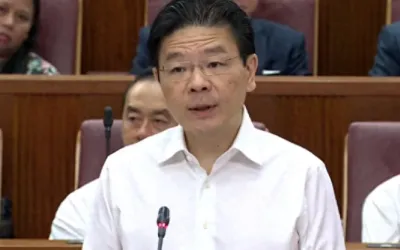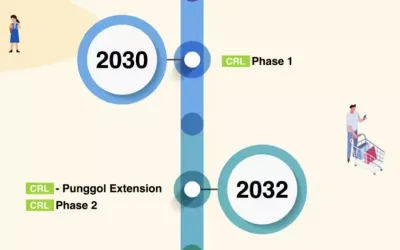2025年1月7日,新加坡教育部長陳振聲在國會書面答覆盛港集選區議員林志蔚副教授有關母語學習選項對學生壓力水平的影響。
以下內容為新加坡眼根據國會英文資料翻譯整理:
林志蔚副教授(盛港集選區議員)詢問教育部長:
(a) 是否有研究探討母語學習(MTL)選項對學生壓力水平的影響?
(b) 該做法是否導致對課本知識的重視超過對實際語言運用能力的培養?
(c) 該做法是否會顯著不利於那些語言能力較弱但在其他學術領域有天賦的學生?
陳振聲(教育部長):我們的母語學習(MTL)幫助我們理解自身文化,並維持與傳統的緊密聯繫。此外,它讓新加坡人具備優勢,不僅能與使用相同語言的人建立聯繫,還能抓住更廣泛的區域發展機遇。因此,為學生奠定紮實的母語基礎是我們雙語教育政策的一部分。
教育部認識到學生在母語學習上的能力存在差異。一些學生在較弱的學科上感到壓力是可以理解的。我們的母語課程採取差異化教學,以適應不同學習需求和準備程度的學生。對於在母語學習方面有困難的學生,他們可以按照更合適的節奏學習。例如,他們可以在小學三年級和四年級通過母語支持計劃(MT Support Programme)獲得更個性化的幫助。在小學五年級和六年級,他們可以選擇較為簡單的基礎母語課程(Foundation MTL),而在中學階段,他們可選擇G1或G2母語課程,並仍然能繼續升學至大學預科。
我們的母語課程不僅關注學術應用,還旨在幫助學生在日常生活中使用母語。例如,小學一年級的學生學習如何在食堂買飯、如何用母語與家人問候。此外,學生還可以通過文化遺產遊覽、戲劇欣賞、歌曲創作比賽等活動來加強母語學習和應用。這些方式有助於提高學習效果,並減少學生的焦慮感。
對於在數學、藝術等領域有天賦的學生,學校設有專門的課程來培養他們的特長。在培養學生優勢的同時,我們也希望他們能全面發展,掌握多種技能,以便在充滿變化的世界中茁壯成長,並與身邊的人建立聯繫。

以下是英文質詢內容:
Assoc Prof Jamus Jerome Lim asked the Minister for Education (a) whether there has been any study on the effects of Mother Tongue Language (MTL) options on stress levels for students who have been offered MTL options; (b) whether this practice has led to an emphasis on textbook competency over functional literacy; and (c) whether this practice significantly disadvantages children who may have weaker disposition toward languages, despite being gifted in other academic areas.
Mr Chan Chun Sing: Our Mother Tongue Language (MTL) enables us to understand our own culture and maintain a strong link to our heritage. It also offers Singaporeans a comparative advantage by allowing us to connect with people who speak the same language as well as tapping into wider opportunities in the region. To this end, equipping our students with strong foundation in MTL is important and has been a part of our education policy on bilingualism.
The Ministry of Education recognises that students have different abilities in the learning of MTL. It is understandable for some students to feel stress in subjects that they are weaker in. Our MTL curriculum is differentiated to cater to students of different learning needs and levels of readiness. Students who faced difficulties in MTL can learn at a more appropriate pace. For example, they can receive more individualised support through the MT Support Programme at Primary 3 and Primary 4. They can take the less-demanding Foundation MTL at Primary 5 and Primary 6, and G1 or G2 MTL as they move up to Secondary level and still progress to pre-university.
Our MTL curriculum is designed to enable students to use MTL in everyday situations, beyond just academic settings. For example, our Primary 1 students learn how to use MTL in their daily routines, like buying food in the canteen and greeting their family members. Other students also participate in activities like heritage walk, drama appreciation and songwriting competition to facilitate their learning and use of MTL. Such approaches help students learn better and reduce their anxiety.
Students who are gifted in other areas, such as mathematics and arts, are developed through special programmes in schools. While we develop our students to suit their strengths, we also seek to develop our students holistically so that they will have a wide range of skills to thrive in a dynamic world and connect with people around them.
CF丨翻譯
CF丨編審
新加坡國會丨來源
新加坡國會丨圖源























